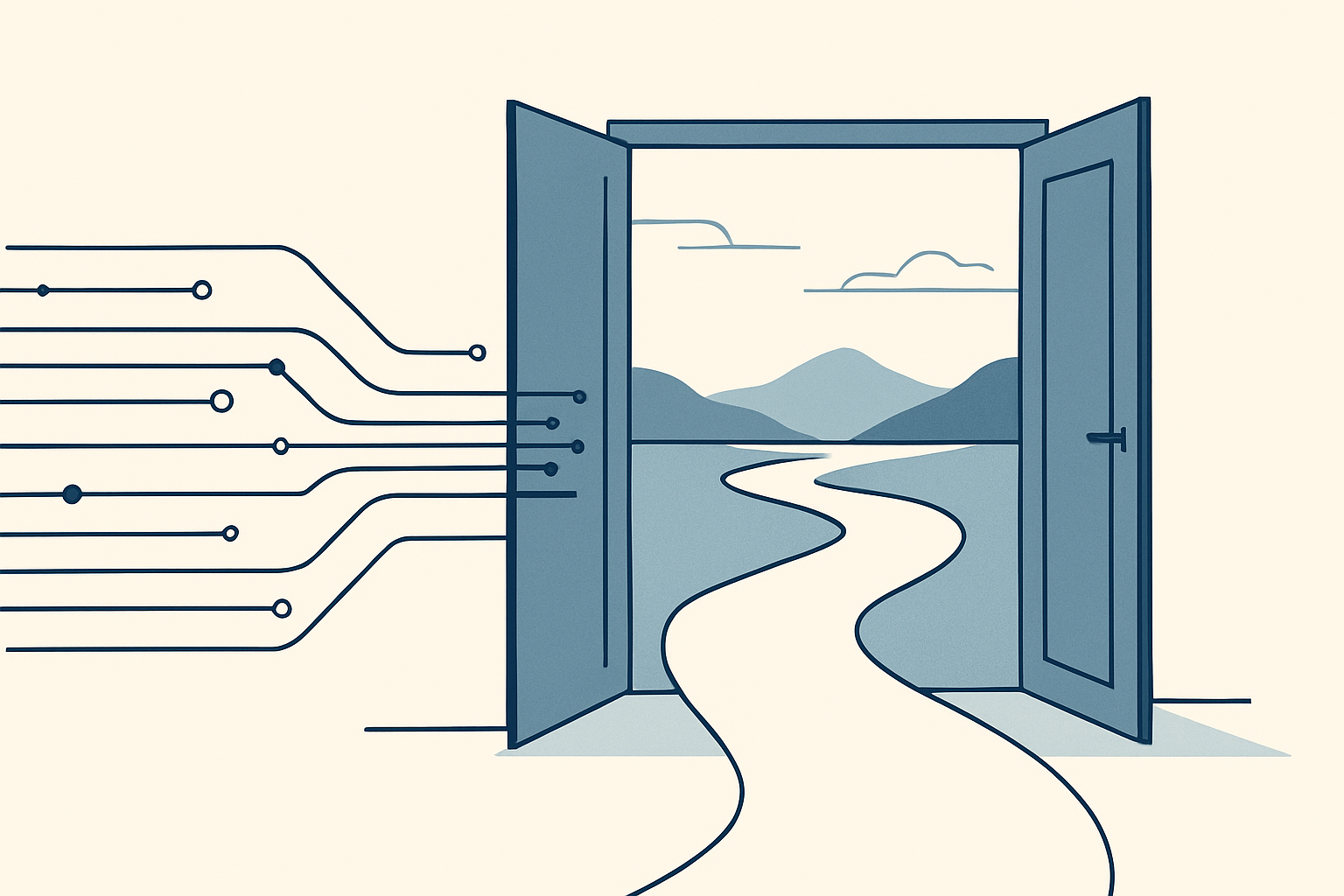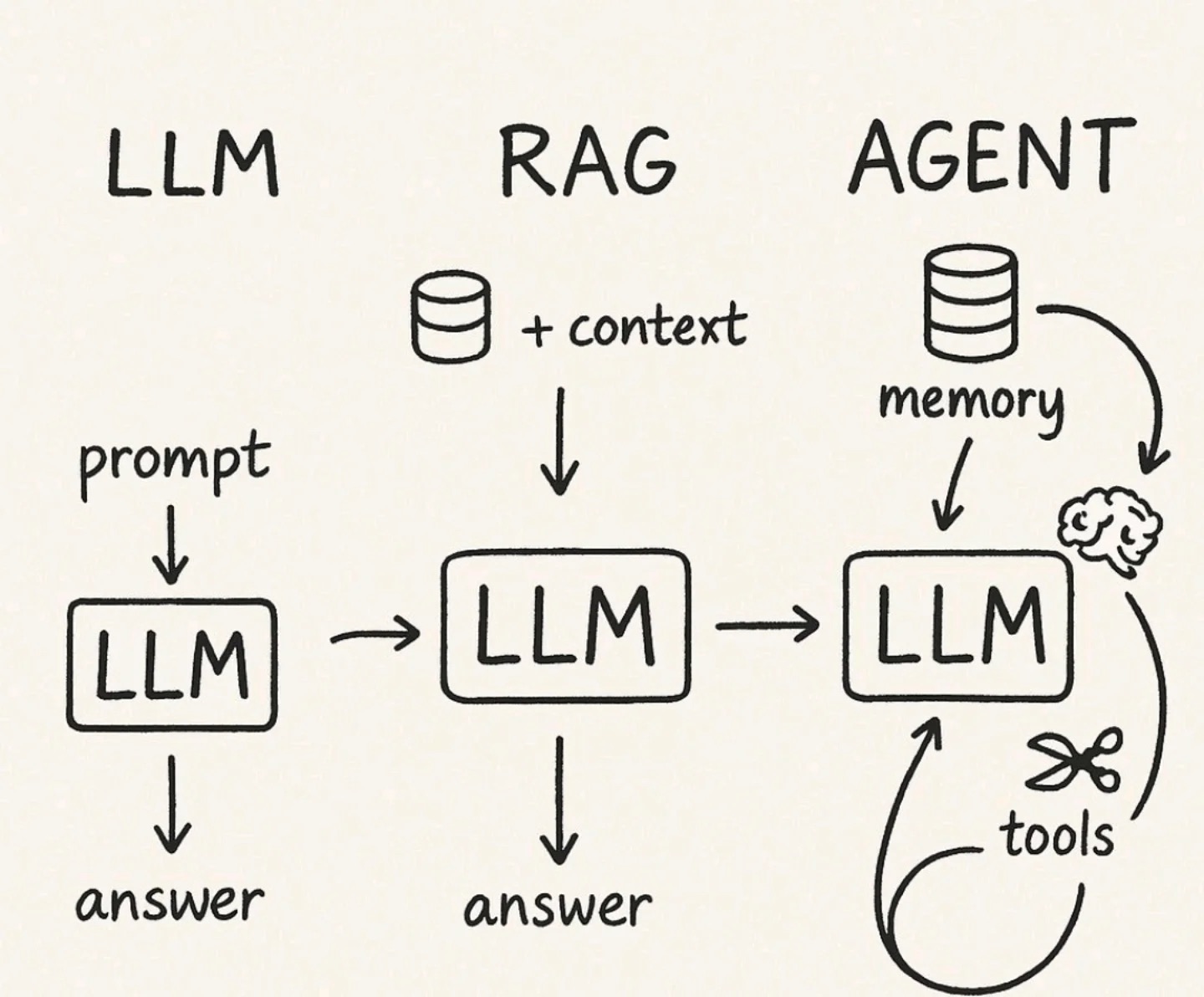1. Middleware as the foundation of your digital landscape
In many organizations, systems communicate directly with each other. This works as long as everything stays small, but over time, a tangle of connections develops that becomes fragile, expensive, and complex.
Middleware breaks that mold. It provides a single, centralized control system with which systems communicate in a standardized manner. This creates stability and predictability in the IT landscape.
Middleware provides:
-
one point where data comes in and goes out
-
validation, enrichment and standardization of information
-
less error-prone integrations
-
rapid connection of new systems
-
a scalable architecture that does not break during an update
With middleware you remove technical chaos and create a digital backbone on which your organization can build.
2. Vendor independence: the freedom to choose
When data is spread across different systems, companies often no longer decide which software to use. They choose based on where their data resides, existing connections, or what a vendor promises.
With middleware, a radically different situation arises.
-
Your data always flows through one place.
-
You can switch to a new system without losing historical data.
-
You replace a tool without impacting any other systems.
-
You retain control over your future.
Vendor independence isn't a technical detail, but a strategic advantage. It makes your organization agile. It reduces risk. And it prevents your digital growth from being hampered by past decisions.
That is the essence of Reclaim Your IT Freedom.
3. The data lake as a logical, optional growth step
Not every company needs a data lake right away. On the contrary: many SMEs first need order, stability, and insight into their daily processes. That's why we position the data lake as an option, not a requirement.
When middleware is up and running, something important happens: your data gains structure, consistency, and reliability. From that point on, it can be a shame not to store that data centrally.
A data lake then becomes a very logical next step, because it:
-
brings together data from all systems in one central layer
-
works with simple files (such as JSON or Parquet)
-
allows schema-on-read, which keeps you flexible
-
preserves history, something many operational systems are weak in
-
BI and AI feeds with consistent, clean data
-
makes future projects simpler, rather than more complex
So a data lake isn't an entry ticket. It's a growth layer that you activate when you're ready for reporting, insights, or automation.
4. Why the data lake is not mandatory, but valuable
The big misconception about data lakes is that they're always necessary, or that they only work for large companies. In reality, a data lake works best when:
-
you combine multiple systems
-
you want reliable reporting
-
you need a historical window
-
you want to predict, optimize or automate your business
-
you want to use your AI on your own data
For small projects or basic integrations, middleware is perfectly sufficient. Only when a client needs insights does the data lake come into play. This makes it very clear, both commercially and technically: you grow step by step, based on needs, not on technology.
5. AI only works well when your data is correct
Everyone's talking about AI, but few people mention the most fundamental aspect: without reliable data streams, no AI model will work properly. AI is only as smart as the input it receives.
Middleware ensures consistent events.
A data lake ensures that these events are stored centrally.
AI provides insight, prediction and automation.
That's the order. And a data lake fits perfectly into that as an optional layer, ready when the company wants to take the next step.
6. The power of the combination
Middleware forms the basis.
The data lake forms the optional analytical layer on top.
Together they create:
-
a stable digital foundation
-
a central truth for all data
-
the freedom to choose which software you use
-
an environment that is AI-ready
-
flexibility for the future
-
simplicity instead of complexity
That's what modern IT should be. Not a tangle, but a system that helps you move forward.
Finally: Reclaim Your IT Freedom
Many companies feel their IT is holding them back. They're dependent on suppliers, outdated connections, missing data, and systems that aren't designed to work together.
It can be done differently.
With middleware you regain control over your digital environment.
A data lake provides insight, history, and the ability to further automate.
And with vendor independence, you build a future that remains yours.
Reclaim Your IT Freedom is not a slogan.
It is a signpost for companies that want to move forward again.



